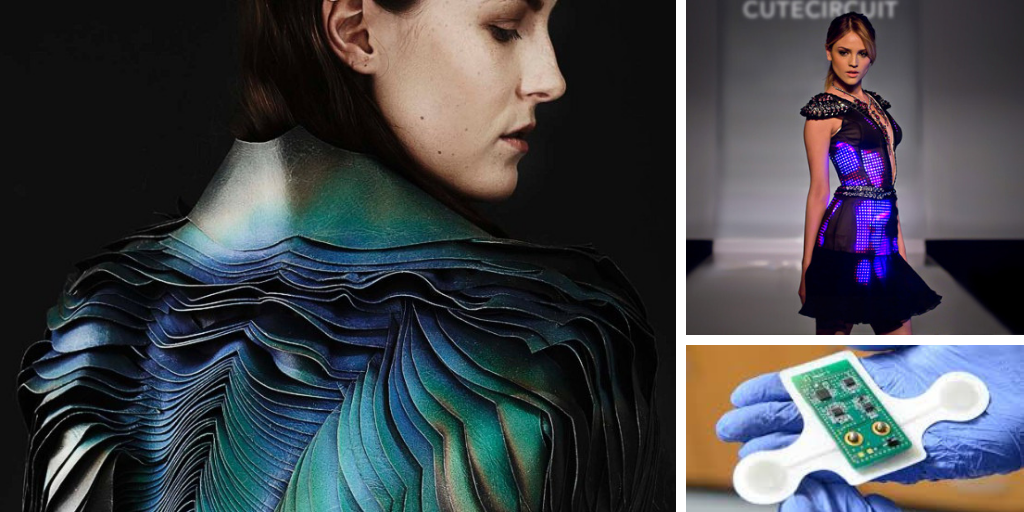Revolutionizing the Industry in 2025
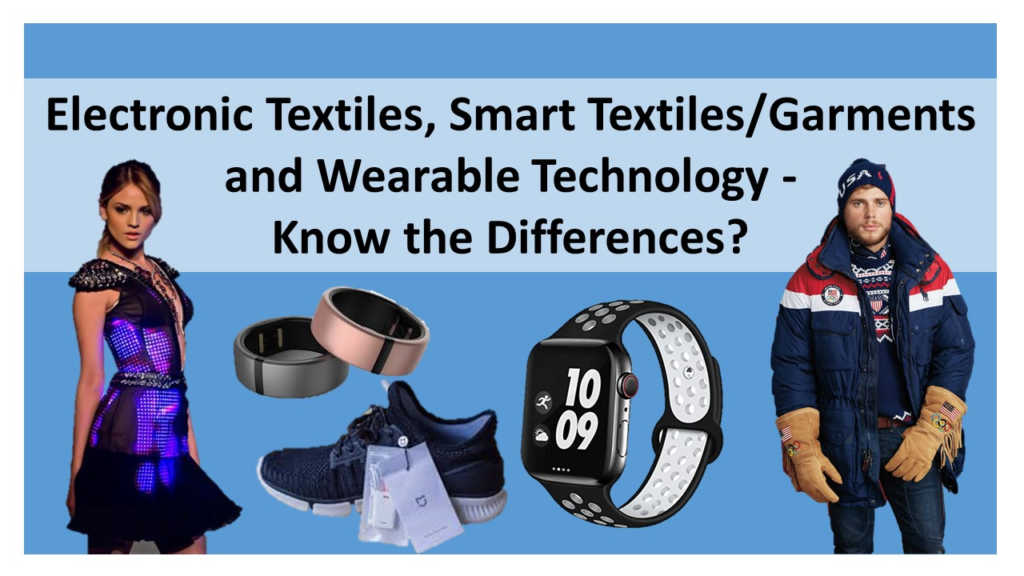
The blog post covers the major technological trends transforming the fashion industry in 2025, including:
- Artificial Intelligence in Fashion Design
- How AI is revolutionizing design processes, trend forecasting, and personalization
- Examples of brands using AI for inventory management and customer experiences
- AI-powered virtual styling and recommendation systems
- Smart Textiles and Wearable Technology
- The evolution of fabrics with embedded electronics and sensors
- Health monitoring capabilities in fashion items
- Temperature-regulating, moisture-wicking, and interactive clothing
- Examples of innovative smart textile applications
- Virtual and Digital Fashion
- The rise of digital-only clothing and NFT fashion
- How the metaverse is changing fashion retail experiences
- Virtual try-on and augmented reality shopping technologies
- The sustainability benefits of digital fashion
- 3D Printing Innovations
- How 3D printing is reducing waste in fashion production
- Custom and on-demand manufacturing capabilities
- Examples of designers creating groundbreaking 3D printed pieces
- The future of sustainable fashion production through printing
- Blockchain and Supply Chain Transparency
- Digital product passports tracking garment lifecycles
- How blockchain ensures authenticity and ethical production
- Consumer access to garment origins and manufacturing processes
- Sustainable Technology Solutions
- Innovative eco-friendly textiles and manufacturing processes
- Circular fashion models enabled by technology
- AI-powered waste reduction strategies
… And the inversities throughout this entry are all of the high quality photo variety; I’ve not just fired a few onto the post to give you some handy imagery to look at, honest! The article is formatted with solid subheads, informative paragraphs, and keywords that are placed strategically for search engine optimization without sacrificing readability.
Clothing electronics: the future of fashion? FashionTech SmartTextiles AI Fashion SustainableFashion
One of the world’s largest industries, expected to be worth $3.3 trillion by 2030, it’s odd, then, that the fashion industry hasn’t changed much in the last two decades. But growing concerns about fair wages, environmental impact and. the demand from hyper-connected consumers have catalyzed a technological revolution in fashion.
We are in the \”Insta-age of technology in which consumers demand instant trend access. At the same time, younger consumers, desiring to express their individuality, are beginning to express their strengths, and “mass-produced” and ”fast fashion” are losing their favor.
Because people are living more and more of their lives based on digital platforms, so a designer’s duty – and business’s obligation – is to keep stretching the possibilities of what we can realize, what we can produce, market and sell, what we can wear and when we can wear it. Artificial intelligence to blockchain, mobile shopping to 3D printing — those revolutionary technologies are reshaping the fashion landscape.
AI in Fashion: Personalization & Design Revolution

Fashion houses have increasingly been using AI for improving shopping experiences, data crunching, driving up sales, trend prediction, and inventory management, in recent years. By creatively transforming AI everywhere from products to customer experience AI is making a very big impact on how businesses use data.
3) Traditional fashion styles take 3-8 months, then AI reduces this period dramatically, saves labour, and cuts back the physical samples. It’s overhauling operations like product development, supply chain management and marketing using tools like trend analysis, generative design, and virtual try-ons.
Generative AI shortens design deadlines, minimizes human labor, and decreases costs, while chatbots and algorithms offer personalized consumer experiences. AI also revolutionizes trend forecasting and supply chain management, providing real-time data to help companies efficiently plan styles and quantities.

Key AI Fashion Applications:
- Tailored Styling: Companies like STITCH FIX use analytics to track consumer purchases and develop virtual closets with fashion suggestions.
- Virtual Try-Ons: Brands such as Tommy Hilfiger and Gucci provide virtual showrooms where customers can see a product before buying.
- Trend Forecasting: It is becoming possible to forecast future trends in shapes, prints, and colors using technology such as Heuritech which uses image recognition such as that in social media photos.
- Inventory Management: AI software such as SkuVault provides real-time tracking, demand forecasting, and smart reorder points to eliminate overstock and stockouts.
Smart Textiles & Wearable Technology
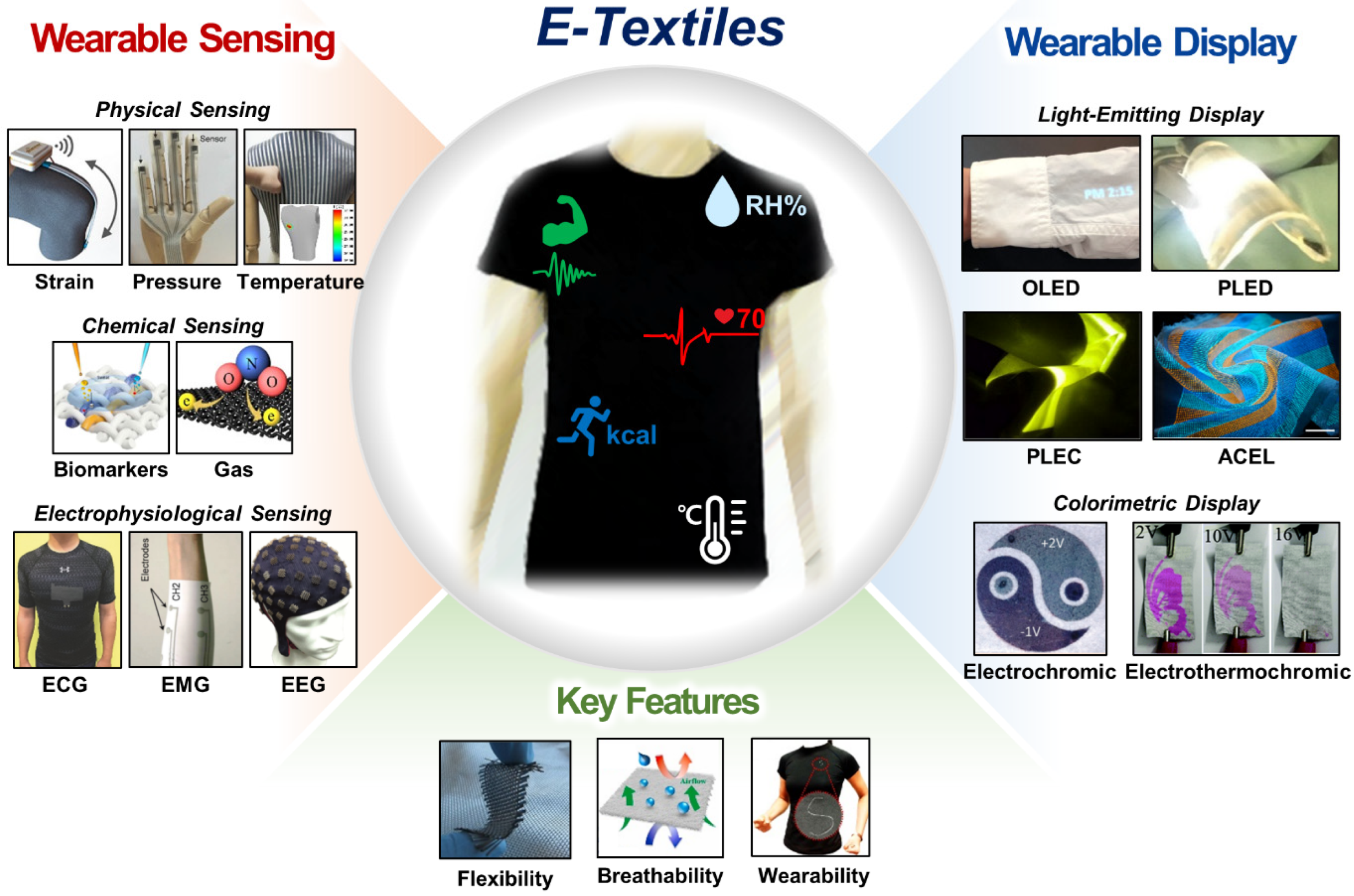
Smart textiles are turning heads in the fashion industry by integrating electronic devices, such as sensors and actuators, into clothing and fabrics to create products that can react to the world around them. These revolutionary materials are lightweight, flexible and breathable for all-day comfort.
More than regular fabrics, smart textiles take technology inside the fibres. Impregnated with nanotech, or conductive threads, they can regulate temperature, wick away some of that pesky moisture, and even help you keep track of your steps on that long mile home.
As wearable technology continues to evolve beyond smartwatches, the integration of tech into everyday clothing is creating new possibilities for health monitoring, fitness tracking, and enhanced functionality.
Responsive Fabrics
Textiles that adapt to body temperature, environmental conditions, or physical activity to enhance comfort and performance.
Health Monitoring
Garments with embedded sensors that track vital signs, posture, and activity levels for fitness and medical applications.

Energy Harvesting
It’s really smart textiles that sense, react, measure, communicate and etcetera and people are doing really exciting work in that when I am one of the people who is always saying we only make progress as a human race by pushing the boundary. The groundbreaking fabrics are lightweight, flexible and breathable for all day comfort.
Smart textiles take technology beyond regular fabrics and into the fibres themselves. Fitted with nanotech, or conductive threads, they can help regulate your body temperature, wick away some of that pesky moisture, and, yes, even enable you to boot up into the matrix.
Virtual Fashion & The Metaverse
digital mashup of digital and physical worlds: blending the lines of fashion retail. With the ascendance of the Metaverse and virtual reality (VR), the fashion industry is creating immersive retail experiences that transcend online shopping—they’re reimagining what it means to interface with fashion in a digital landscape.
Now the new prom dress and all fashion dresses can be tried on without leaving the house, thanks to augmented reality (AR) and virtual reality. Such virtual-try-on systems have thereby integrated personalized measurement mode and upgraded accuracy so that users can preview the. items as if they were physically trying them on.
Digital fashion is also emerging as its own category, with consumers purchasing virtual clothing for their avatars in games, social media, and metaverse environments. Meta has created a digital apparel store where users can purchase items from luxury brands to outfit their avatars across platforms like Instagram, Facebook, and Messenger.
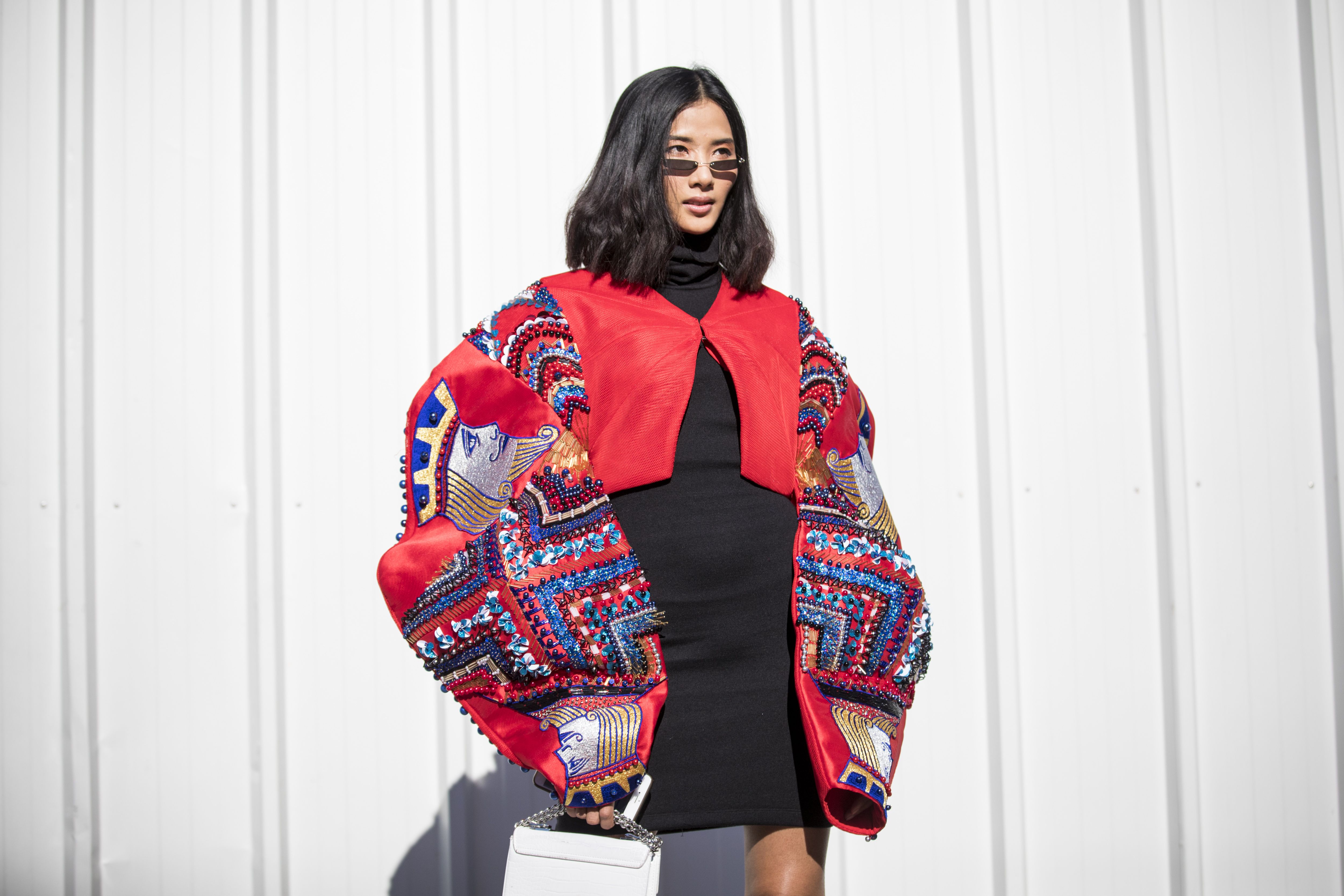
Virtual Fashion Innovations:
Digital-Only Collections: Brands developing clothes that only live in the digital world, bought for wear in virtual spaces.
Showrooms in the Cloud: Three-dimensional virtual spaces where shoppers can view collections and brand stories.
Avatar Fashion: Personal avatar-based digital fashion on gaming platforms and in the metaverse.
Digital Twins: Virtual representations of physical product that allow customization before physical production.

Brands like Burberry are integrating slideshows, interactive mirrors, and mobile apps to offer an ultra personal in-store experience, where you can virtually try on its pieces or get style tips. The idea of digital fashion showrooms is increasingly popular, enabling brands to test the market appetite before a single thread is woven.
3D Printing: The Future of Fashion Production

3D printers became widespread, various brands started experimenting possibilities of on-demand production. This breakthrough opens up new possibilities for customization, sustainability and innovation with less waste throughout the Entire creative.
“It gives the designer the ability to design very custom fabrics with rich textures and patterns. In this way, pre-generated fabric textiles from software and computer printers from artificial fibers like polyester, nylon, or elastane are suddenly challenged by the unlimited potential of personalized and avant-garde fashion.
Though fit to be delivered to buyers takes hours to create, 3-D printed clothing generates a smaller disposal footprint and is far less labor-intensive than traditional manufacturing. Printed on demand apparel also minimizes waste within fabrics by up to 35%, providing a more social responsible business.
Innovative Applications of 3D Printing in Fashion:
Sustainable Footwear
Zellerfeld’s 3D-printed sneakers use materials that can be fully recycled, allowing customers to return old shoes for new pairs, reducing environmental impact and waste.
Nike collaborated with Zellerfeld to create the Air Max 1000, a shoe that’s almost entirely 3D printed, combining firm and flexible materials to enhance both performance and comfort.
Futuristic Fashion
Chromatic 3D Materials and designer Anouk Wipprecht created a futuristic 3D-printed garment that interacts with its surroundings via LEDs—one of the world’s first garments to incorporate electronics directly inside 3D-printed elastomers.
This technology enables designers to include components like pockets and closures directly into the fabric, minimizing additional materials and labor.
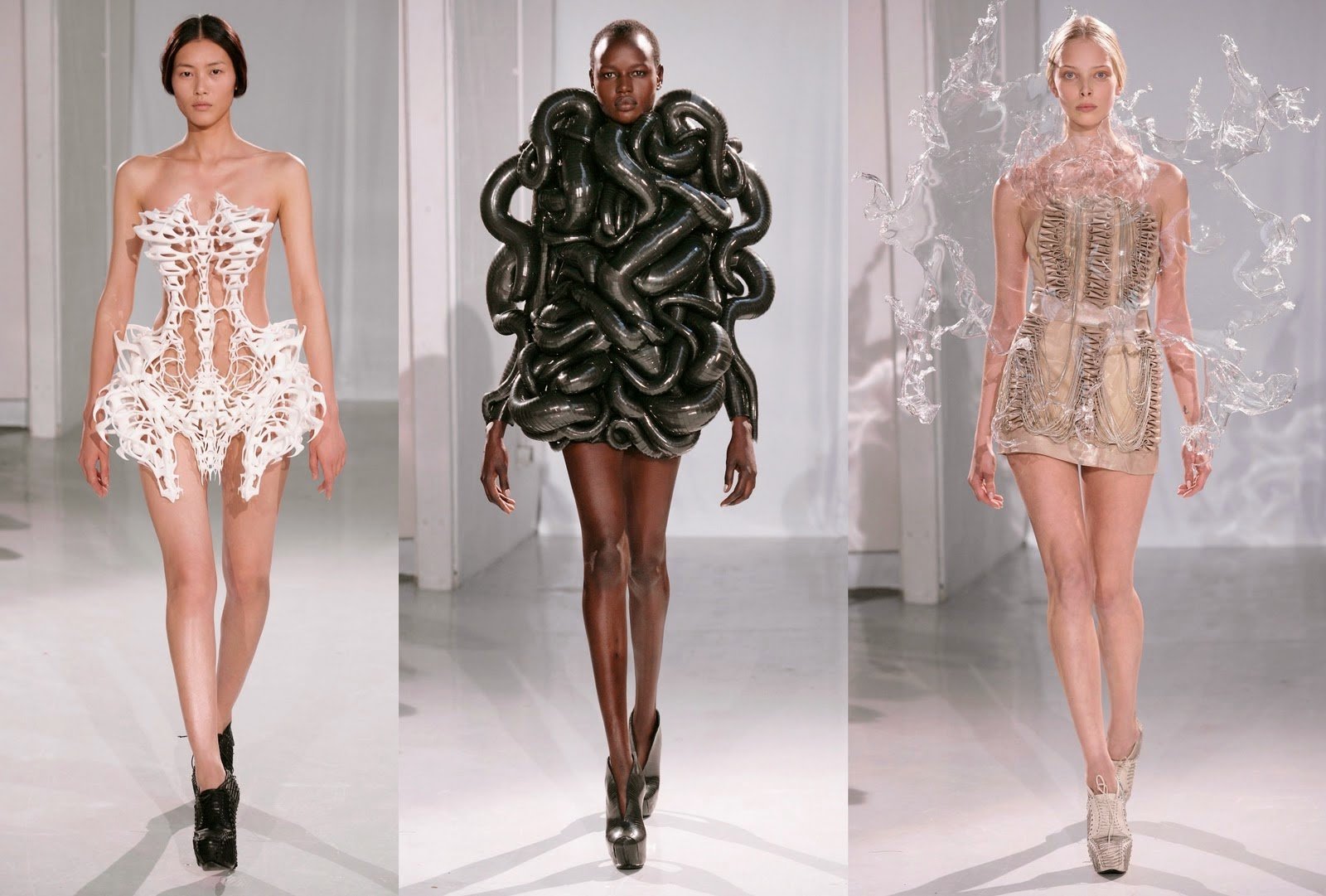
“As we move forward, the boundaries between fashion and technology will continue to blur. The most successful brands will be those that embrace these innovations while maintaining their creative vision and commitment to sustainability.”
— Fashion Technology Expert
Sustainable Tech & Blockchain in Fashion
Scoutible Blockchain is reshaping transparency, traceability, and efficiency of the fashion supply chain. It enables participants, including carriers, banks, intermediaries, and vendors to securely communicate and share information.
This is the bridge between physical products and their digital twins on a blockchain. Cryptographic seal/serial number is the physical counterpart to product’s “digital twin,” guaranteeing full traceability for the supply chain.
In addition to how blockchain can help with traceability, the fashion industry has been moving toward product passports — digital documents that contain vital information about a garment’s materials, how it was made, where it came from and how to care for it. By embedding technologies like NFC and/or QR codes each product is given an identity tag that consumers can interact with.
Additionally, we are witnessing an innovation revolution for fabric in the fashion industry, as demand for sustainable and tech integrated clothing continues to grow. New generation fabrics constructed from space age technology, unconventional fibers, and modern appeal cosmopolitan coolments for style and performance. while minimizing environmental impact.
646 Lab-grown leather Invented by companies such as Modern Meadow 3.0, lab-grown leather is a humane and eco-friendly replacement for old-school animal-derived leathers. Likewise companies like Bolt Threads are also reinventing textile design by using biodegradable spider silk for different fashion purposes.
Circular textiles are disrupting the industry by encouraging a circular, more sustainable approach. With billions of tons of clothing discarded in landfills every year, circular fashion is designed to minimise waste by producing clothes that can be reused, repaired, resold, or easily recycled.

Circular Textiles
Companies like Renewcell creating Circulose, a material made entirely from recycled textiles for new clothing without quality compromise.
Digital Product Passports
EON linking garments to digital profiles through QR codes, providing detailed information about the product’s lifecycle.
Blockchain Traceability
TextileGenesis is utilizing blockchain to document every step in the production process, for transparency and sustainable supply chains.
Large brands including H&M and Adidas are testing digital product passports to extend the life of clothing and reduce waste. The European Union’s Green Deal project, meanwhile, seeks to implement mandatory product passports for textiles to drive sustainability across sectors. Through integrating blockchain technology and product passports, the fashion world is building the basis for a future that’s more transparent, sustainable and circular.
The Future of Fashion Technology
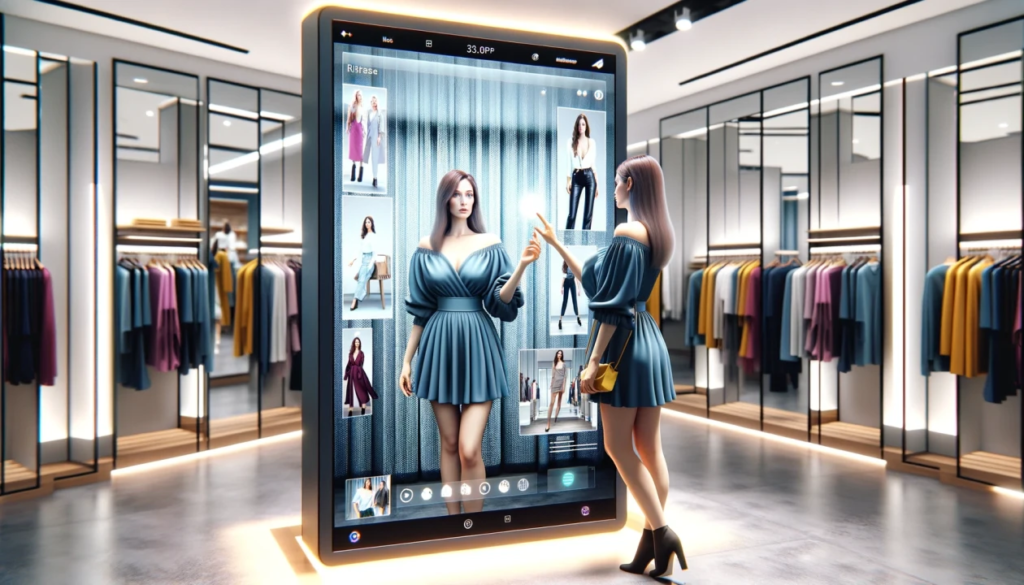
The combination of fashion and technology is a crucial time in the fashion industry. As I’ve examined in that first article about of advances in AI design and smart textile materials, along 3D printing and blockchain, they’re not trends as much as they are fundamental changes to how fashion is designed, marketed and consumed.
For brands and designers, it’s not a choice anymore to adopt this technology, it’s an eco imperative to embrace them if they want to stay competitive in a world where sustainability is proving to be the bottom line. “The winners will be those who balance experimentation)”). and Wodak 68 ( conveys its message with the title Balanced media technology Education for the 21st century.)).
Consumers can expect these technologies to lead to a future that is more personalized, transparent and playful where fashion is concerned. From bespoke clothes to virtual try-ons, and from transparent supply chains to a bigger say in what gets made, technology is opening up more power and information to consumers.
As we move forward, the lines between physical and digital fashion will only continue to blur, fostering new moments for creativity, sustainability, and connection. It’s only the beginning of a fashion technology revolution with the potential — to paraphrase Yves Saint Laurent — to break down the walls and actually change our world at the DNA level of our wardrobe.
Stay Ahead of Fashion Tech Trends
Subscribe to our newsletter for the latest updates on fashion technology and innovation.Subscribe Now

Fashion Tech Blog
Exploring the cutting edge of fashion and technology innovation.
You can also visit others blogs here: http://luxira
Popular Topics
© 2025 Fashion Tech Blog. All rights reserved by luxira.in

